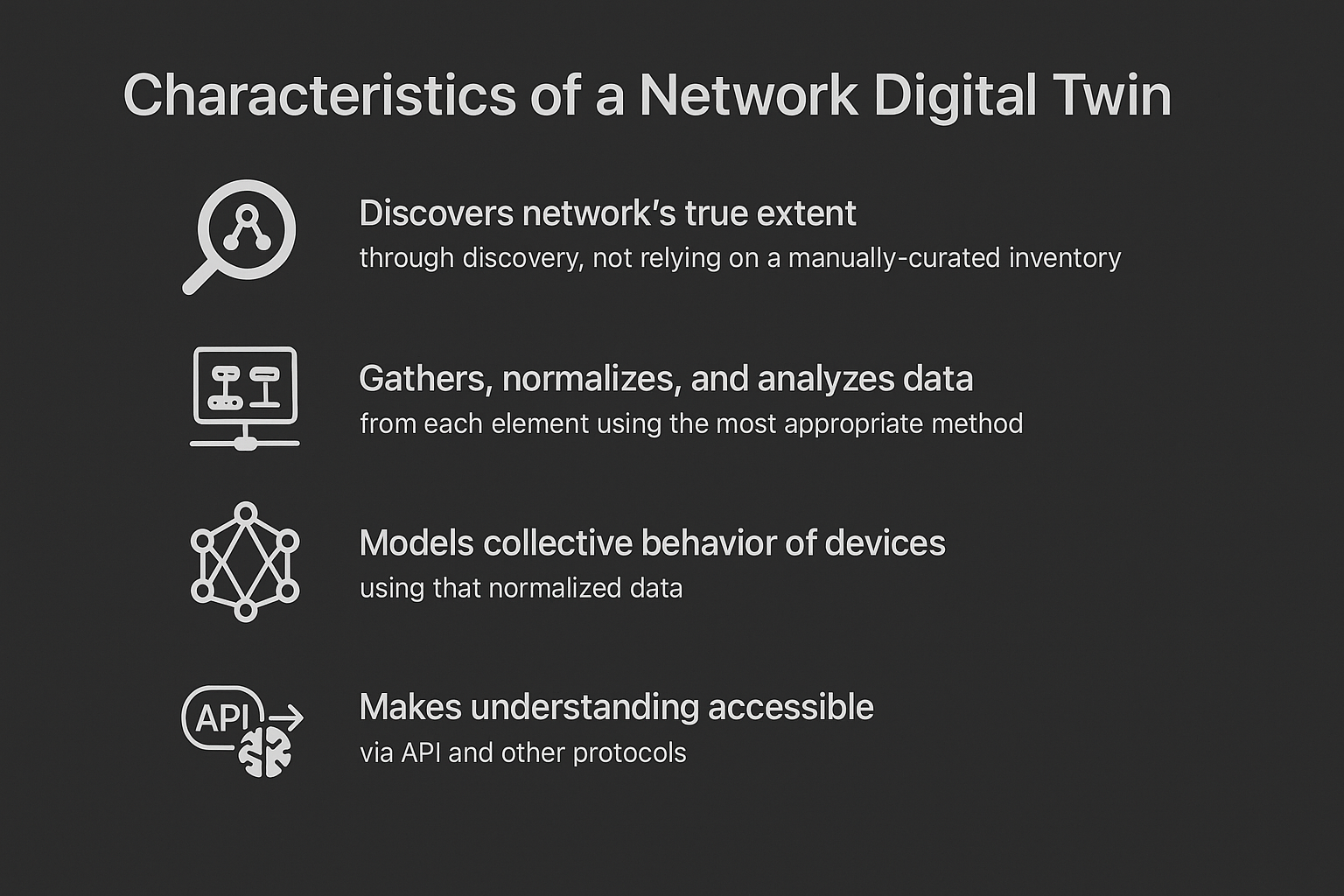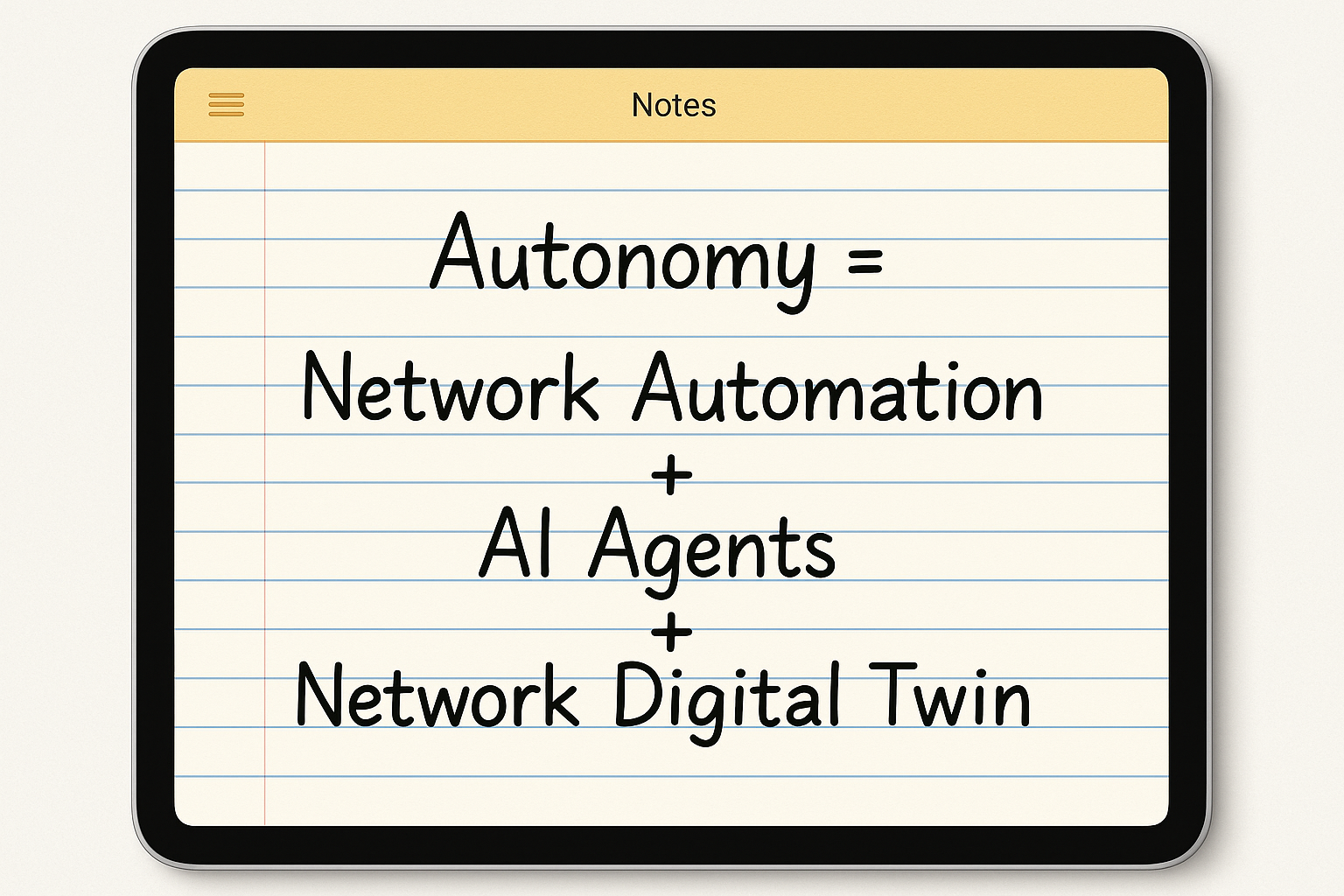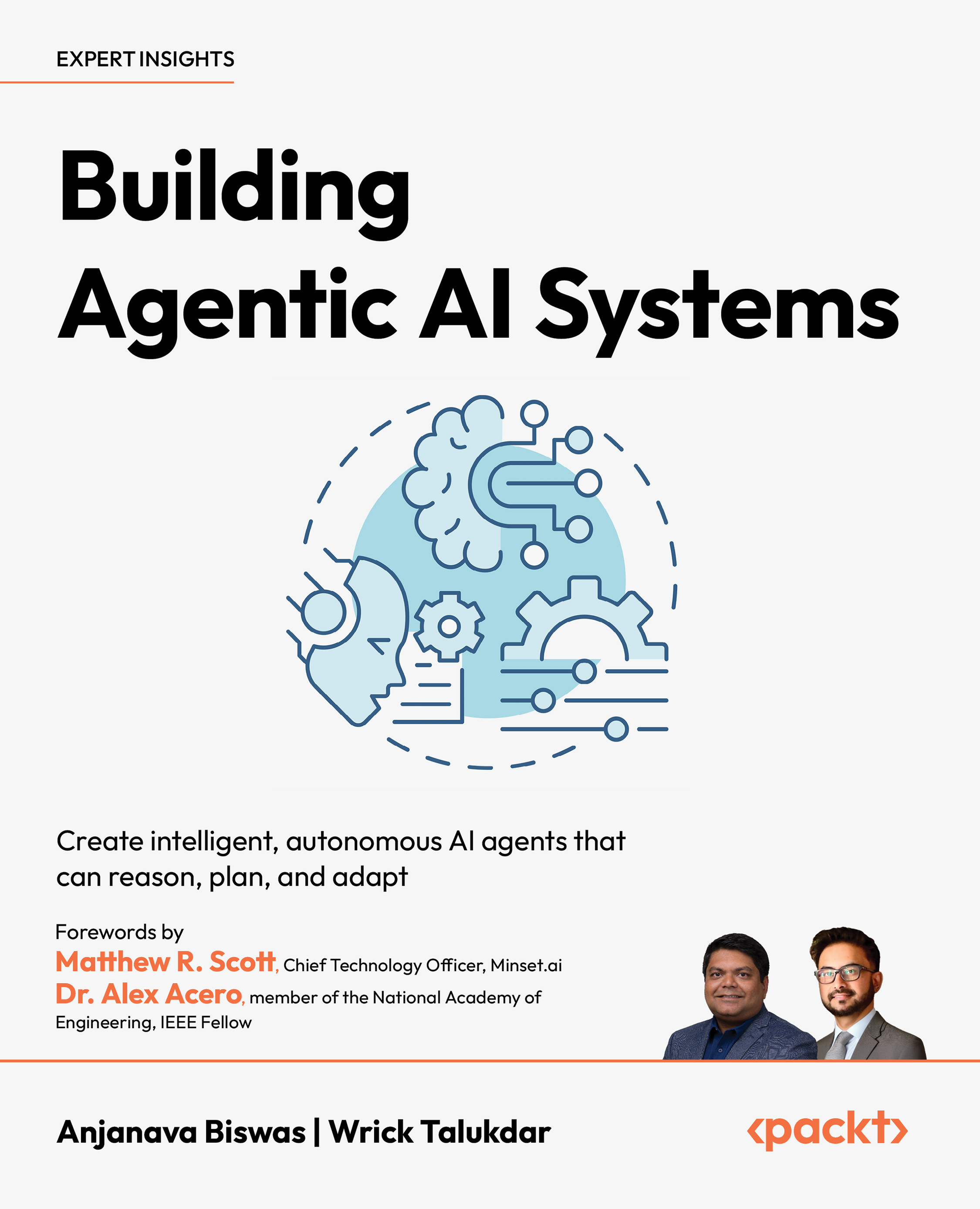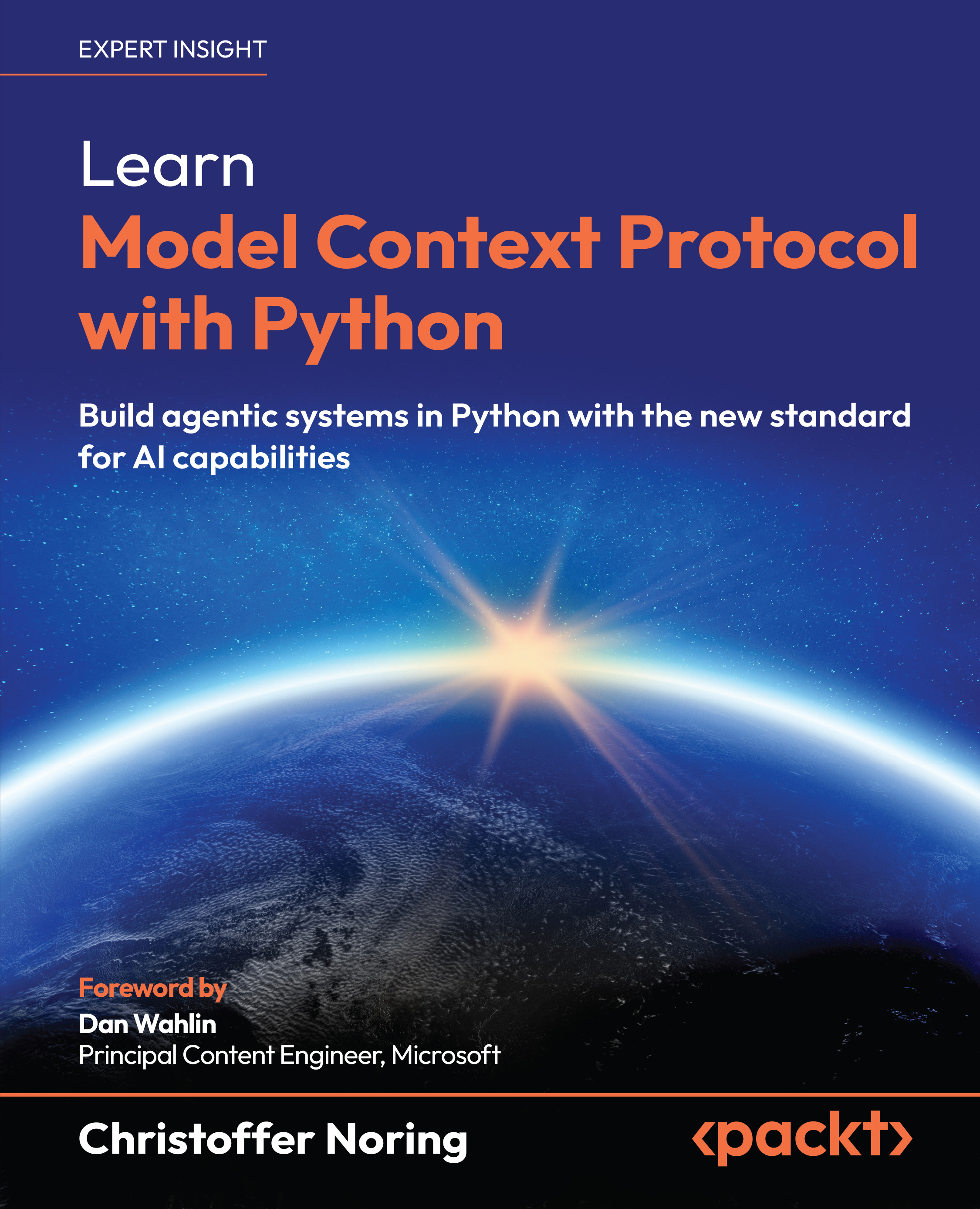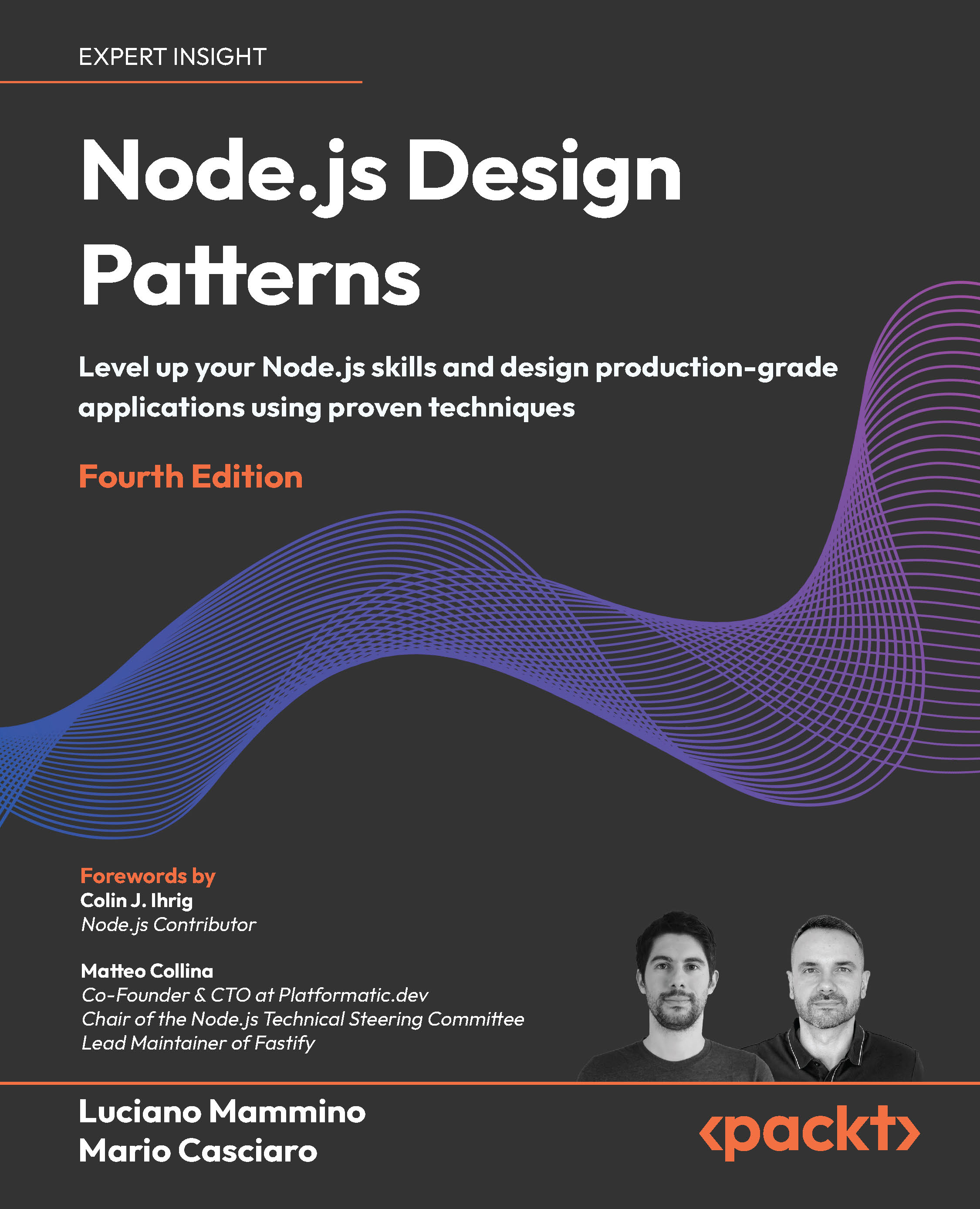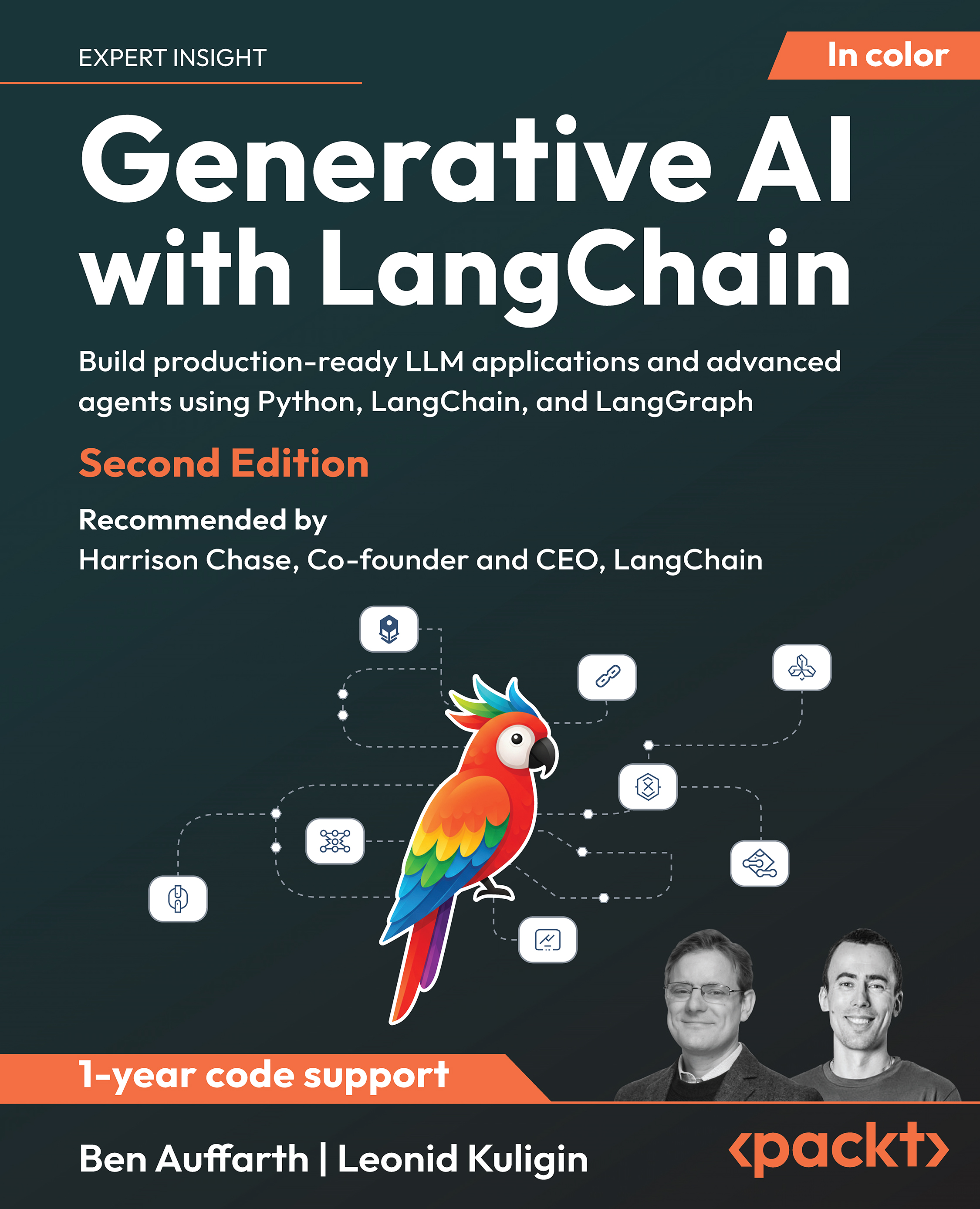In the network engineering community right now - as in most areas of IT - you can't escape the AI hype. We've been working to understand how network automation will change the way we operate our infrastructure, and agentic AI is being proposed as the missing piece of the puzzle. Folks in the know have been experimenting and making their results available in blog posts and Youtube videos for the rest of the world to salivate over. Finally, it looks like we have taken the right turn towards the self-driving network.
Or have we? Are a handful of small-scale experiments with limited scope and even more limited capability proving anything? At best, there is a lot more investigation required, at worst the experiments that we don't see are proving that AI is not to be trusted with our critical infrastructure yet.
Networks aren't just collections of individual devices that we configure and then they do what we tell them: they are interconnected, propagating their world view to their immediate neighbors and beyond, to create a "hive mind" behavior for the whole system. And in most cases, our networks are actually networks of networks - interconnected and sharing state information to extend that collective view from user to workload.
In traditional network operations, this meant having multiple teams - with their own documentation and subject matter experts in the technologies and platforms - who all needed to interface to provide end-to-end service. Maintenance of the infrastructure required deep collaboration between teams and across silos. A thorough understanding of the networking technologies needed to be applied to tooling and documentation to ensure change impacts were tracked and understood.
In the agentic AI world, this is taken to the next level. The work is divided up for agents to be given small, carefully-defined scopes to work within, making specific types of change or reporting on specific behaviors. But due to the distributed, interconnected nature of networking, none of those agents can work independently of the others: the effects caused by one will potentially be felt by them all. Without true collaboration between the agents, it becomes impossible for us to trust that they will give us the desired outcomes without humans (with an understanding of the infrastructure) manually checking everything they do.
In short, AI agents cannot operate the network autonomously without some collective understanding of the end-to-end network.
The Sources of Truth that we have been building for our network automation processes seem to fulfil at least elements of this need. But they alone are not enough as they really represent the desired state of the network, not its current operating state.
Consider these four key requirements for that source of knowledge:
 United States
United States
 Great Britain
Great Britain
 India
India
 Germany
Germany
 France
France
 Canada
Canada
 Russia
Russia
 Spain
Spain
 Brazil
Brazil
 Australia
Australia
 Singapore
Singapore
 Canary Islands
Canary Islands
 Hungary
Hungary
 Ukraine
Ukraine
 Luxembourg
Luxembourg
 Estonia
Estonia
 Lithuania
Lithuania
 South Korea
South Korea
 Turkey
Turkey
 Switzerland
Switzerland
 Colombia
Colombia
 Taiwan
Taiwan
 Chile
Chile
 Norway
Norway
 Ecuador
Ecuador
 Indonesia
Indonesia
 New Zealand
New Zealand
 Cyprus
Cyprus
 Denmark
Denmark
 Finland
Finland
 Poland
Poland
 Malta
Malta
 Czechia
Czechia
 Austria
Austria
 Sweden
Sweden
 Italy
Italy
 Egypt
Egypt
 Belgium
Belgium
 Portugal
Portugal
 Slovenia
Slovenia
 Ireland
Ireland
 Romania
Romania
 Greece
Greece
 Argentina
Argentina
 Netherlands
Netherlands
 Bulgaria
Bulgaria
 Latvia
Latvia
 South Africa
South Africa
 Malaysia
Malaysia
 Japan
Japan
 Slovakia
Slovakia
 Philippines
Philippines
 Mexico
Mexico
 Thailand
Thailand


